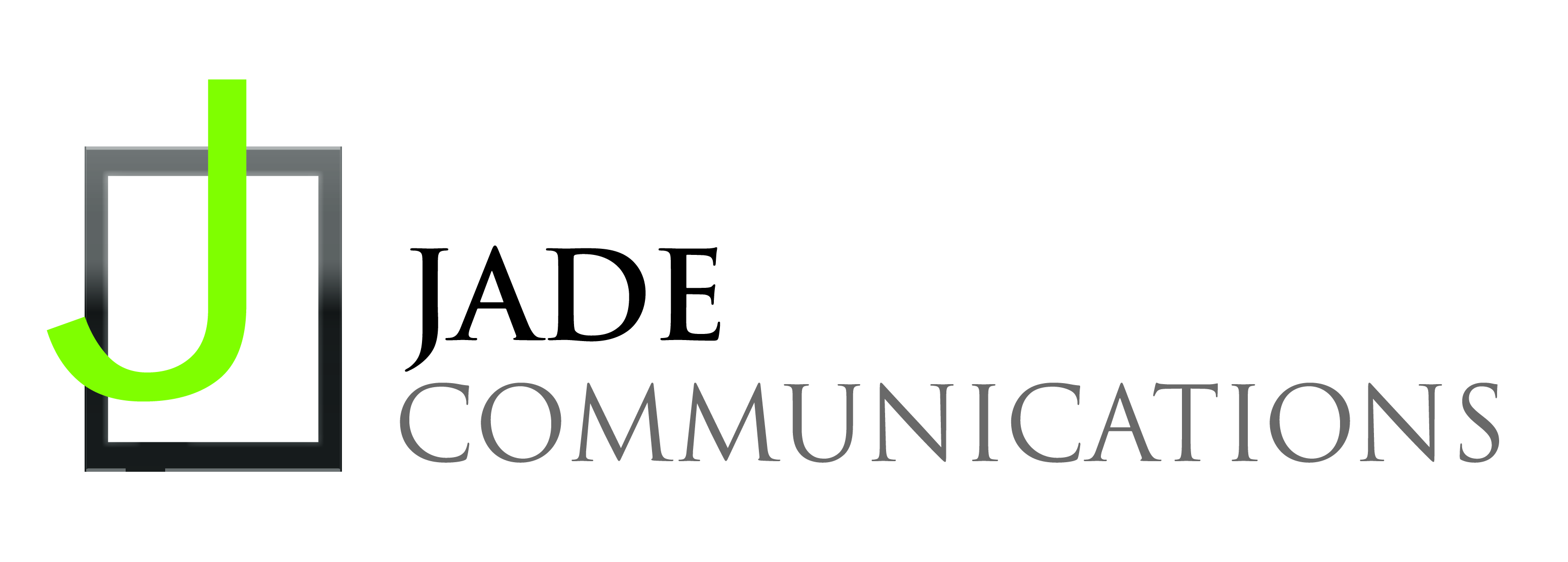“Suspicious Activity and Engagement Training!”
21st Century challenges necessitate various interventions to mitigate threats. The ability to recognize and interpret Non-Verbal signals, which signify threat, is a skill all personnel involved in protecting establishments patronized by the public need to possess. The Study and Theory of body language has become popular in recent years because psychologists have been able to understand what we “say” through our bodily gestures and facial expressions, so as to translate our body language revealing its underlying feelings and attitudes.
Jade Communications Applied Communication Centre in partnership with the Center of Non-Verbal Communication has developed this program, which will train participants on how to recognize and interpret suspicious nonverbal signals. Through the Center of Non-Verbal Communications unique model, participants will learn how to evaluate human emotion to know whether someone is being genuine or deceptive.
This specialized Non-Verbal Communication training will focus on Non-Verbal communications or situational awareness training which is being aware of the signs of danger, looking for them with great attention to detail, orienting oneself to the signs, understanding what they mean and finally taking appropriate action.
The Lead Facilitator Carl Maccario has trained over 60,000 law enforcement and security officials in the United States and delivered behavior recognition training to virtually every department of Homeland Security and continues to be a world leading expert in Behaviour Recognition, Evaluating truthfulness and detecting deception, threat through interpreting Nonverbal communication.
Topics:
- Recognize the differences between normal and, suspicious activity
- Explain the importance of identifying criminal or possible hostile intent/ terrorist activity
- Culture Specific Non-Verbal Communication.
- Your role in recognizing and reacting to suspicious activity
- Engaging and eliciting information to confirm or dispel your observations.
- *What is behavior recognition?(who dunnit video, demonstrate how we observe and what we miss)
- Environmental baseline:
- What is it and why is it important? Definition of Suspicious Activity/ Suspicious Behavior Recognition
- Types of potentially suspicious activity
- Discuss the indicators of potentially suspicious activity
- Demonstrate the ability to recognize potentially suspicious activity/class discussion
- Recognizing Suspicious Behavior /types of suspicious /anomalous behavior
- Reacting to and engaging suspicious activity and behavior (absent an immediate threat)
- Describe when and how to approach and gather information from a suspicious person(s)
- Review the indicators of suspicious responses and reactions
- Engage a suspicious person and the ability to document the suspicious activity
- Define how and what to report
- Reacting to and engaging suspicious activity and behavior (absent an immediate threat)
- Describe when and how to approach and gather information from a suspicious person(s)
- Review the indicators of suspicious responses and reactions
- Engage a suspicious person and the ability to document the suspicious activity
- Define how and what to report
- ***Nonverbal cues that may signal “fear of discovery” indicators. Signs of possible deception vs. truth. Credibility Assessment elements. This portion includes eliciting information techniques,
- Cognitive Controlled Engagement) questioning.
Also includes:
Nonverbal cues that may signal “fear of discovery” indicators. Signs of possible deception vs. truth. Credibility Assessment elements.
Features:
- The Program will utilize CNVC Experiential models
- Culture Specific Non-Verbal
- Practical activities to demonstrate those skills and processes
- Application of the learning through simulated real situations during the course of the program
Who Should Attend?
Prior vetting and permission must be obtained for all participants.
Security Sector Personnel, Airport Behavior Detection Officers, Security Guard Supervisors.

